Chest Strap Or Armband Heart Rate Monitor
If you want to monitor your heart rate while you exercise, you can choose from two types of heart rate monitors:
Each of these types has its pros and cons, and the choice ultimately depends on personal preference, comfort, and accuracy. This article will discuss the differences between chest strap heart rate monitors and armband heart rate monitors, and help you decide which one to choose based on your needs.
Chest Strap Heart Rate Monitors
Chest strap heart rate monitors are the traditional, tried-and-true method of tracking heart rate during exercise. These monitors have a sensor that you wear around your chest, below your breasts. It sends data about your heart rate to a wristwatch or smartphone app.

Pros
One of the greatest advantages of chest strap heart rate monitors is their accuracy. Since the sensor contacts your skin, it can detect the electrical signals from your heart. It is more precise than an armband monitor, which relies on optical sensors to track blood flow in your veins.
The Coospo H808S chest strap heart rate monitor measures heart rate with ECG (electrocardiography) sensors that detect electrical signals controlling heart chambers' expansion and contraction. The device can measure heart rate with a difference of ±1 bpm.
Another advantage of chest strap monitors is their reliability. Compared to armband monitors, chest strap monitors are less affected by interference from other devices or environmental factors, such as bright sunlight or other lights, they can affect the accuracy.
Additionally, heart rate has a lag, but the lag you see on a chest strap monitor is limited, making it easier to understand the numbers while running compared to an armband monitor.
Cons
The main drawback of chest strap heart rate monitors is their comfort. Some people find them uncomfortable to wear, especially during long workouts, as they can chafe or rub against the skin. Additionally, they can be challenging to adjust and may require some trial and error to get the right fit. For details on how to wear it, visit: https://www.coospo.com/blogs/knowledge/how-to-use-a-heart-rate-monitor-properly
Chest strap heart rate monitors have a few disadvantages. For one, they require a separate transmitter device, which can be bulky and inconvenient to carry around.
Additionally, some models require you to wet the sensors before use, which can be messy and time-consuming. Another downside to using a chest strap is that you have to clean it after each run to keep it in good working condition. This can be a bit of a hassle, but the extra accuracy it offers may make it worth it.
Armband Heart Rate Monitors

Armband heart rate monitors are a newer type of monitor that has gained popularity in recent years. They use optical sensors to detect the blood flow in your veins and are worn on the upper arm. These monitors have PPG (photo plethysmography) sensors that use light-based technology to sense the rate of blood flow controlled by the heart's pumping action.
Pros
The main advantage of armband heart rate monitors is their convenience. They are easy to put on and take off, and do not require a separate transmitter device. Some armband heart rate monitors such as Coospo HW807 armband monitor, even have built-in storage, so you don't need to bring your phone when you work out.
Armband monitors are more comfortable to wear than chest strap monitors because they do not require a tight-fitting strap around the chest. Additionally, they are less likely to rub against the skin or cause discomfort when used for long periods of time.
One common complaint about armband monitoring is its accuracy. However, armband monitors appear to be fairly accurate at low intensities.
Cons
The main drawback of armband heart rate monitors is their inaccuracy. Since they rely on optical sensors to detect the blood flow in your veins, they can be affected by factors such as skin tone, tattoos, or body hair. They can also be affected by movement or changes in temperature, which can cause fluctuations in heart rate readings.
One disadvantage of armband monitors is their unreliability. They can be impacted by interference from other devices or environmental factors, such as bright sunlight or fluorescent lights, which can cause inaccuracies in heart rate readings. Additionally, even if the watch or sensor is tight, it may still move around during activities like bike rides or running, which can make it difficult to get accurate readings.
Which One Should You Choose?
When it comes to choosing between a chest strap heart rate monitor and an armband heart rate monitor, there is no one-size-fits-all answer. It ultimately comes down to personal preference, comfort, and accuracy.
If accuracy is your top priority, and you don't mind a bit of discomfort of a chest strap monitor, this may be your best choice. However, if you value convenience and comfort over accuracy, then an armband monitor may be a better fit.
It's also important to consider your specific needs and goals. If you are a serious athlete or training for a particular event, then the accuracy may be more important to you. However, if you are just looking to track your heart rate during casual workouts or daily activities, and you're not analyzing data in great detail, an armband heart rate monitor is enough. It will allow you to pick out general trends in your training.
You can use an armband heart rate monitor for my easy or less important runs. For more important runs and for hard sessions and races, you can use a chest strap.
Conclusion
For casual workouts and activities, an armband monitor is usually sufficient. It is also important to consider that armband monitors are becoming increasingly more accurate and reliable as technology advances. Ultimately, the decision between an armband and chest strap heart rate monitor will come down to personal preference and needs. Keep up the workouts!





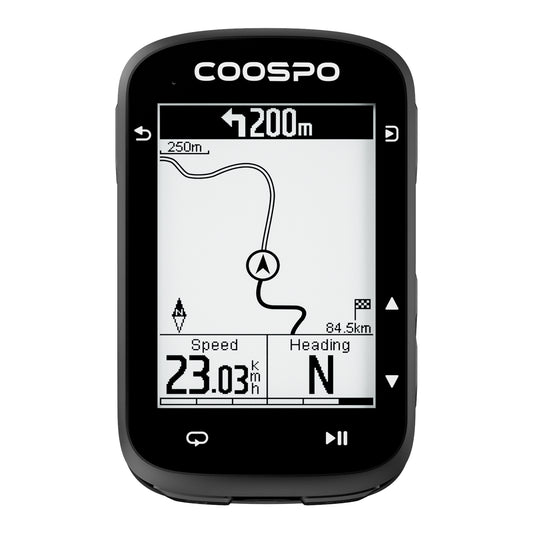
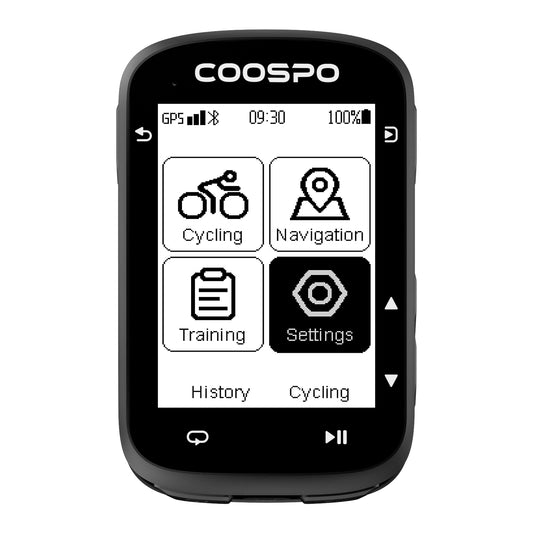
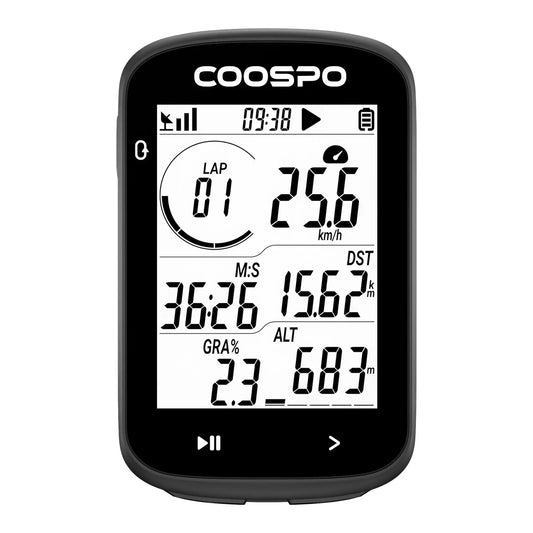
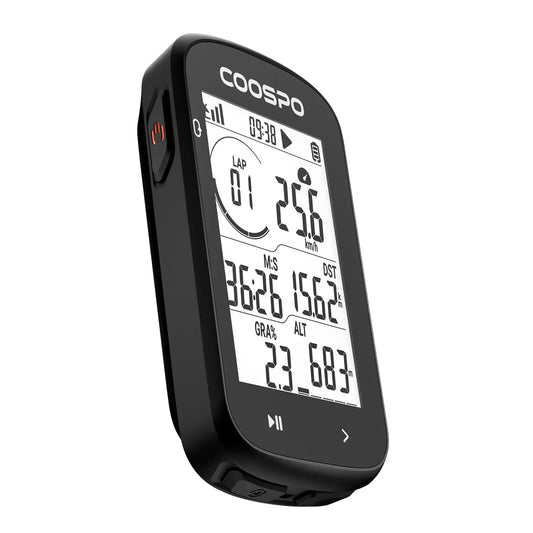
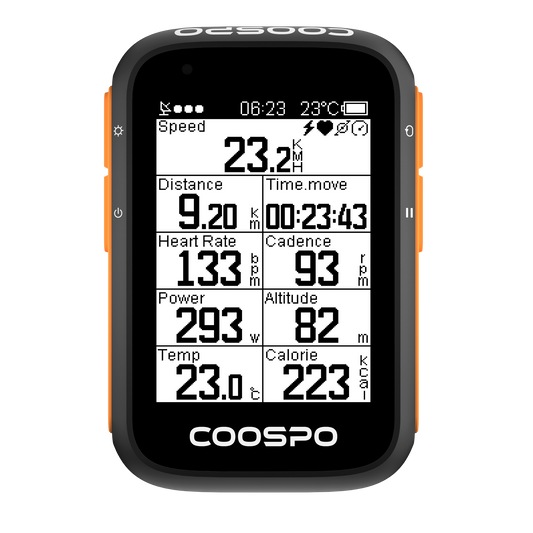
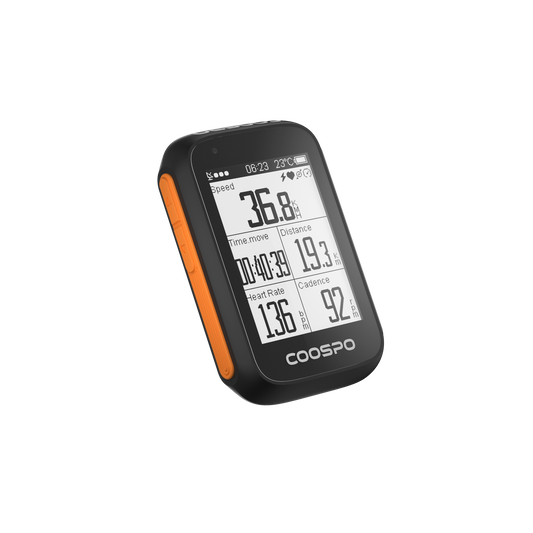

1 comment
Sehr guter und nachvollziehbarer Beitrag über die Vor- und Nachteile der Messung der Herzfrequenz per Brustgurt oder Armband.